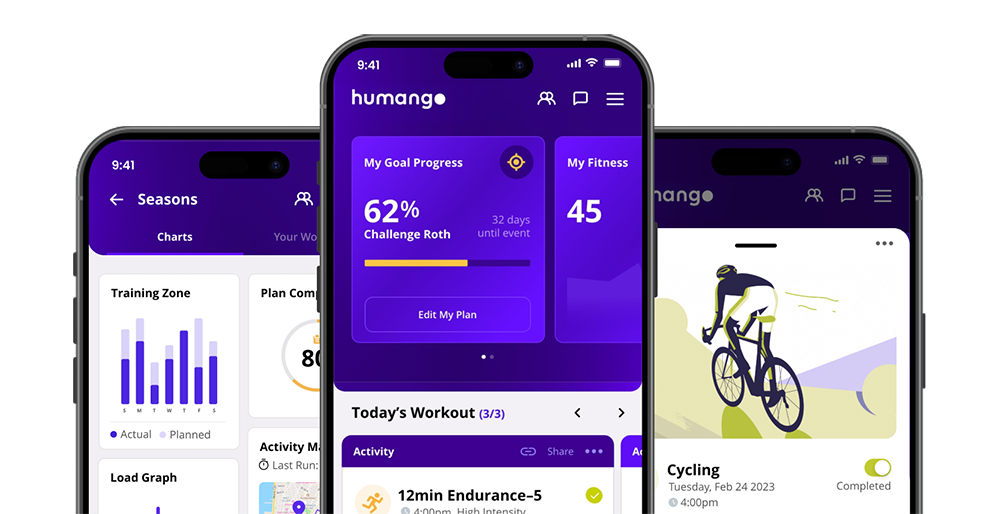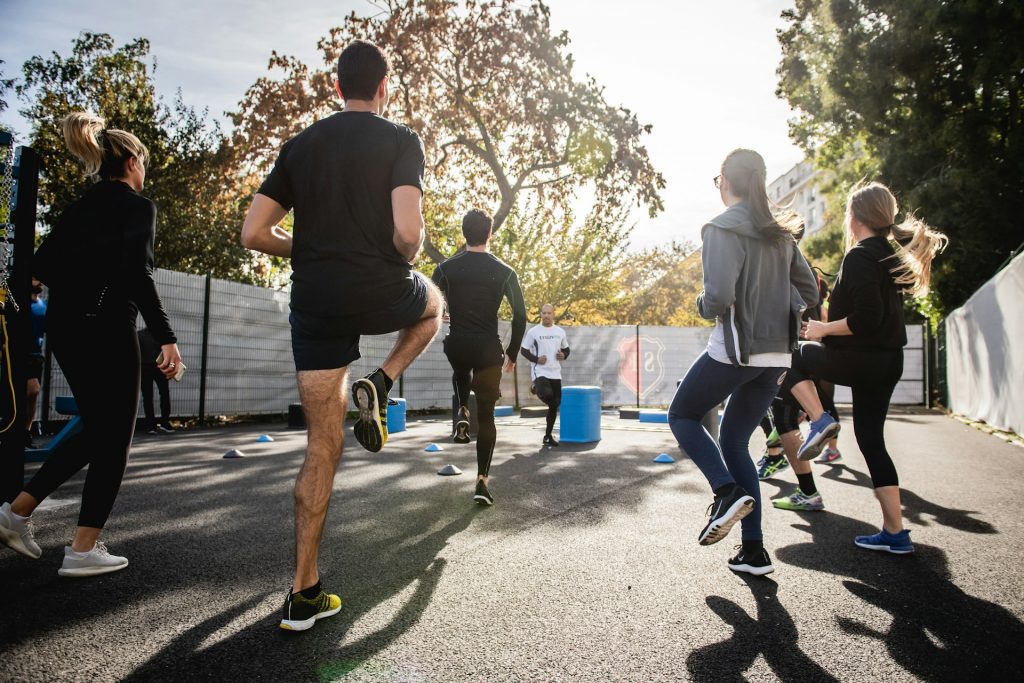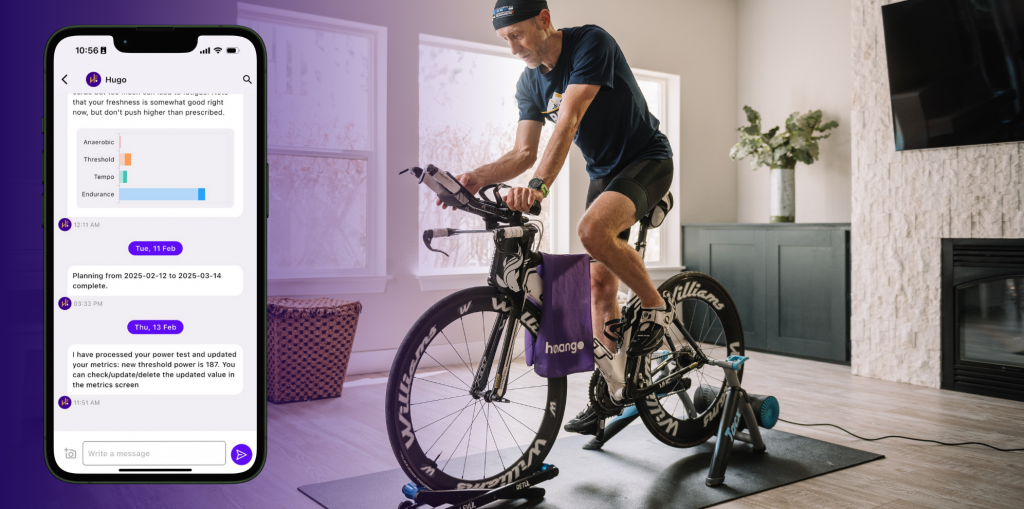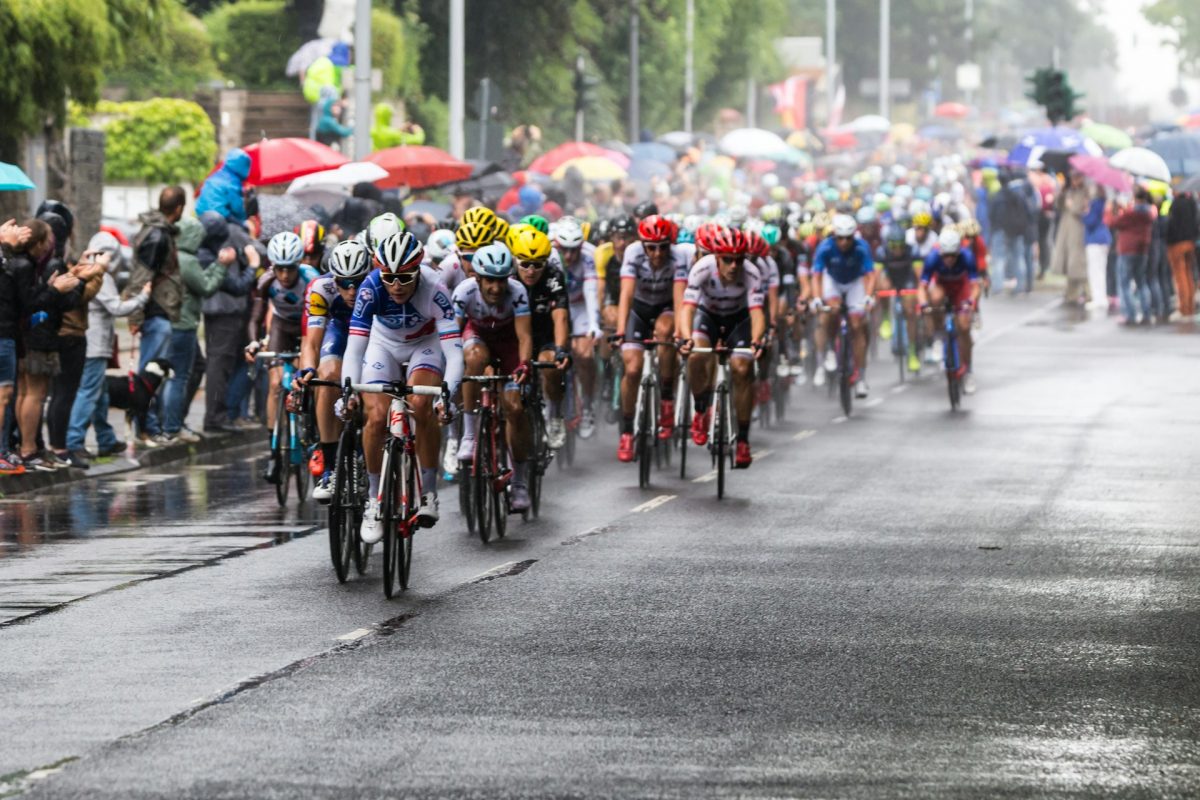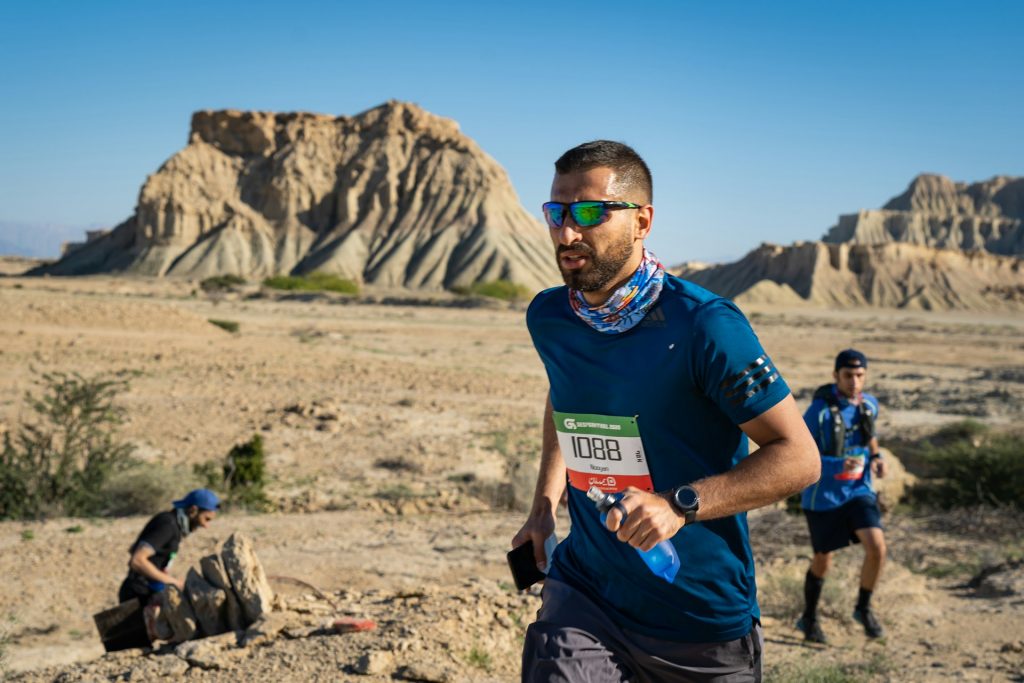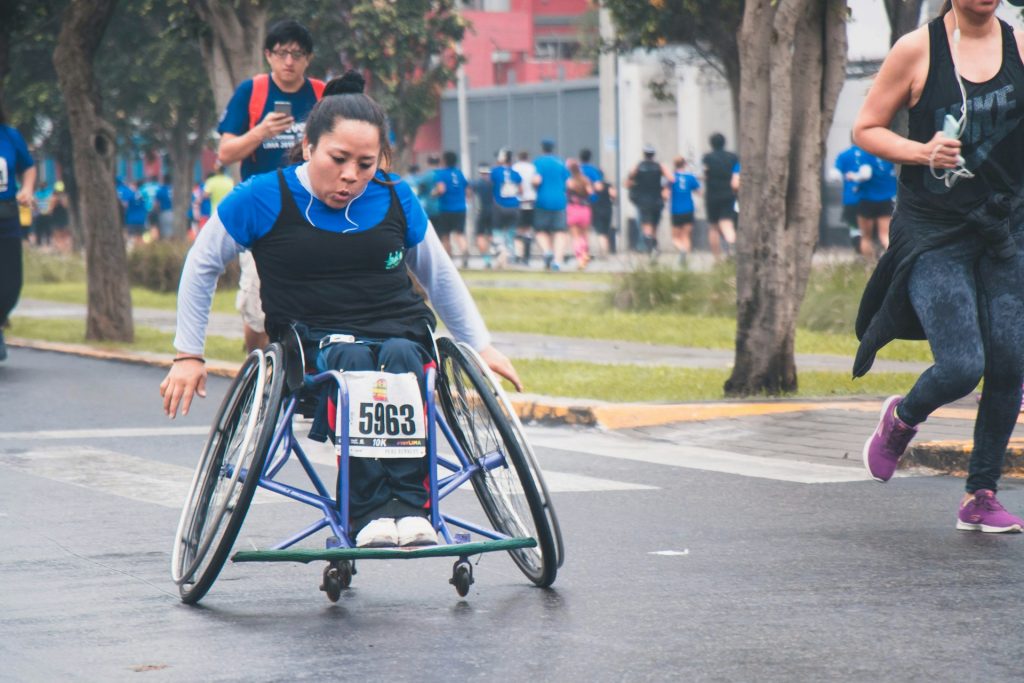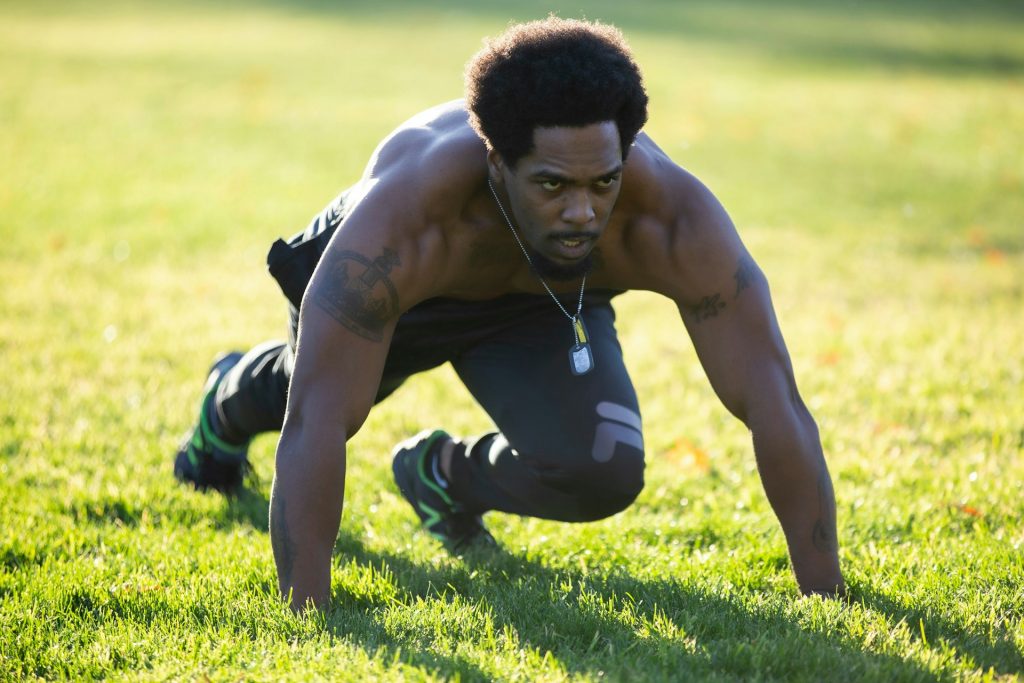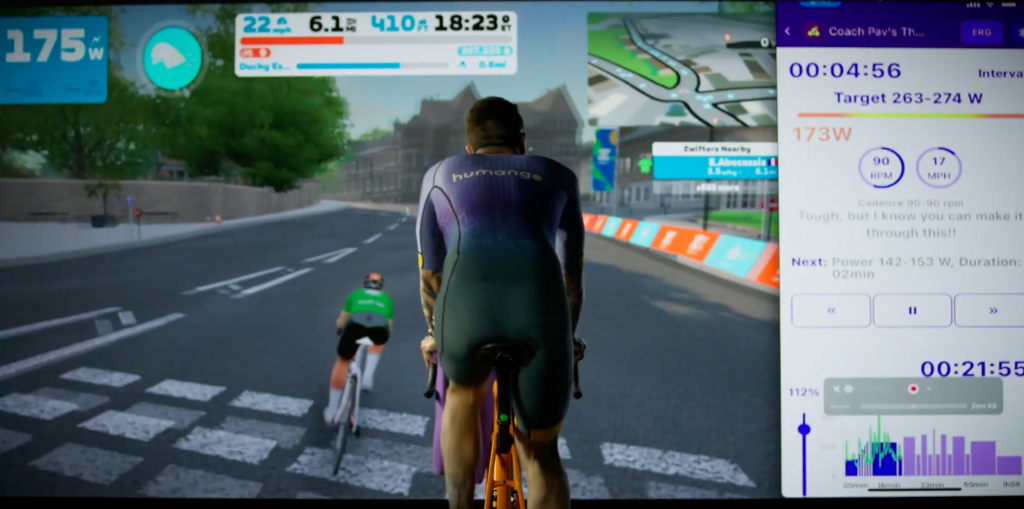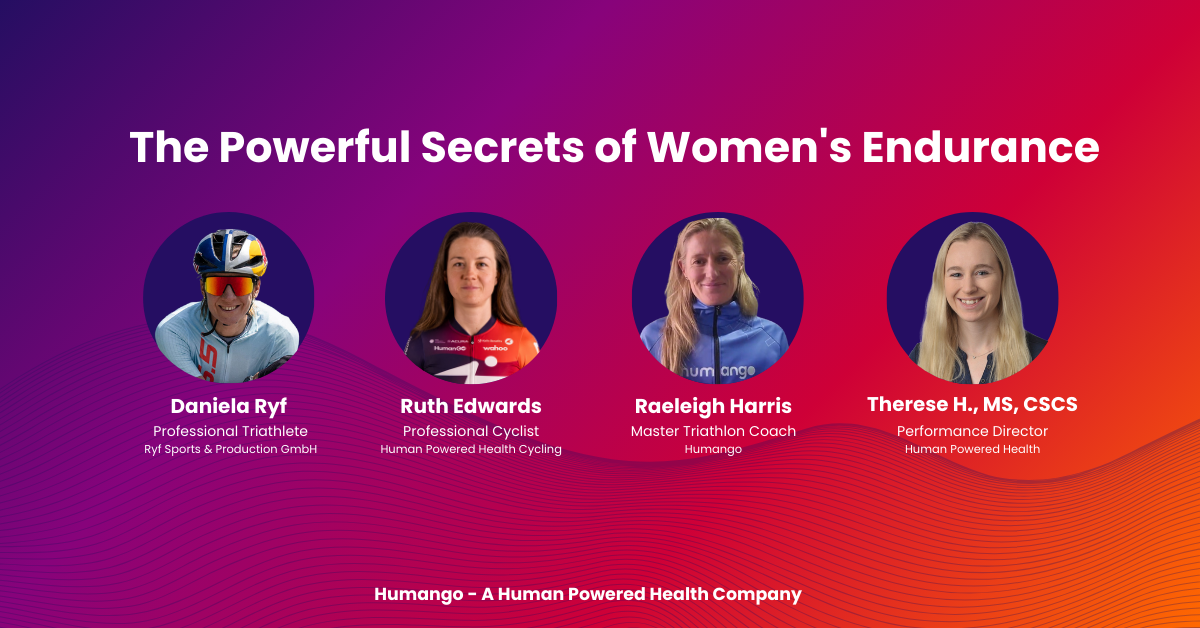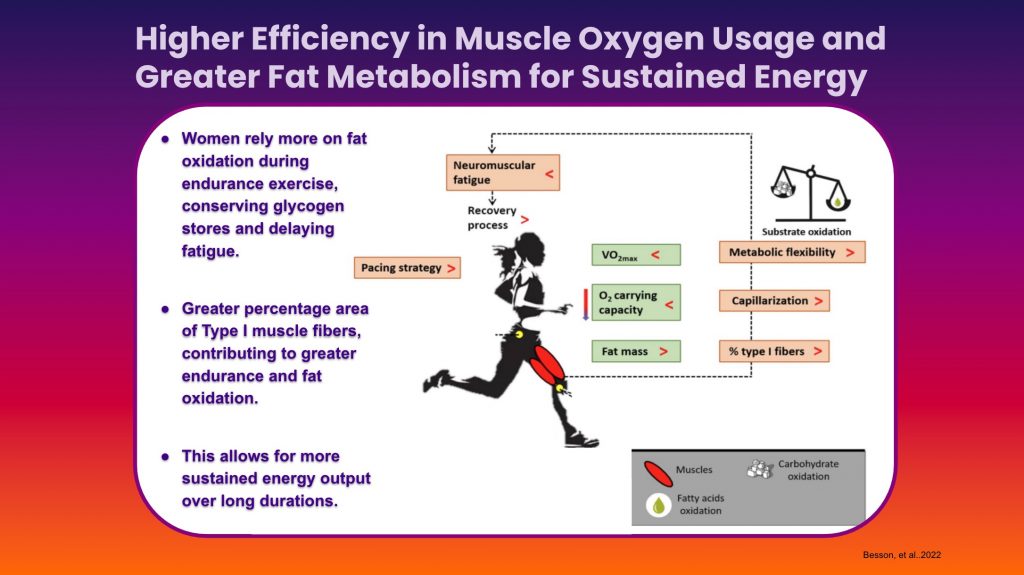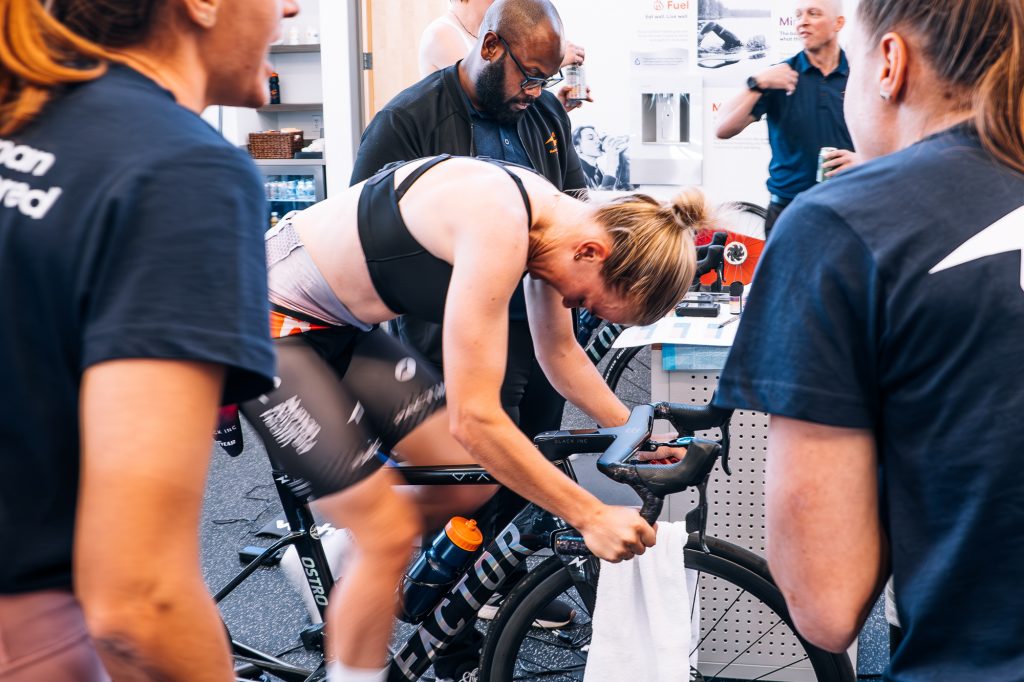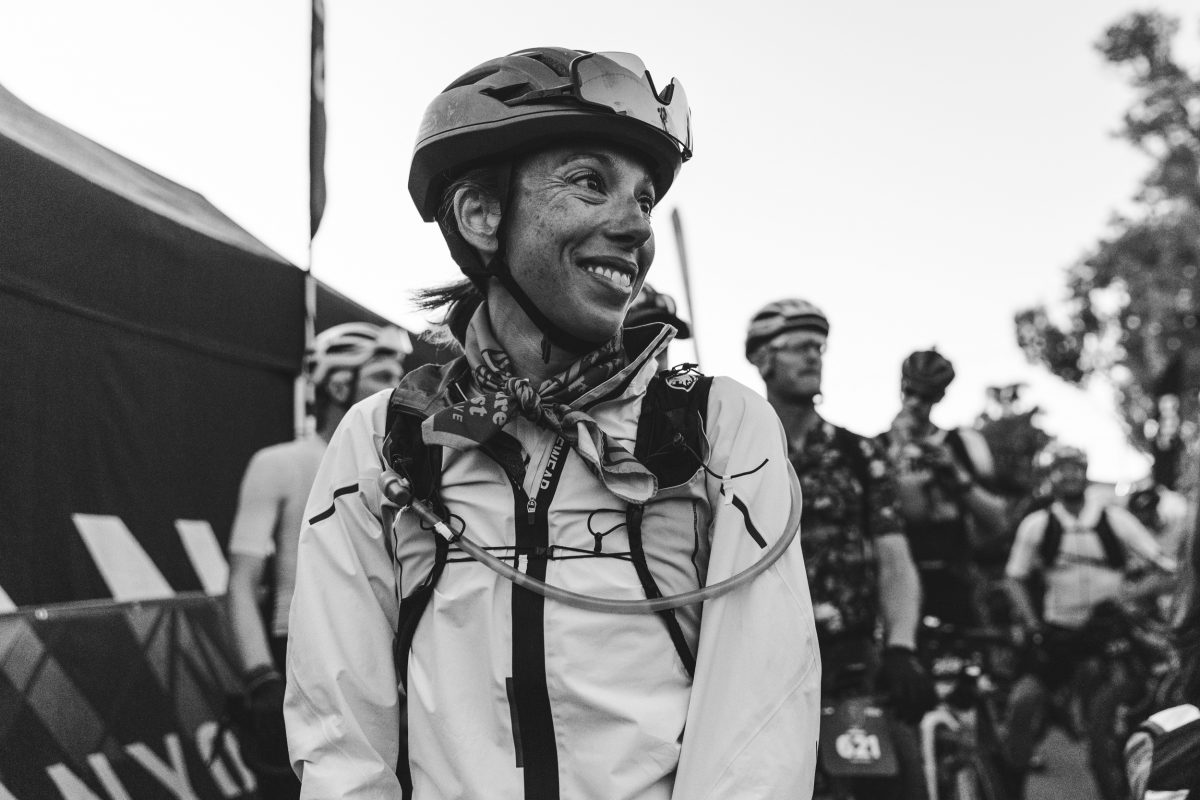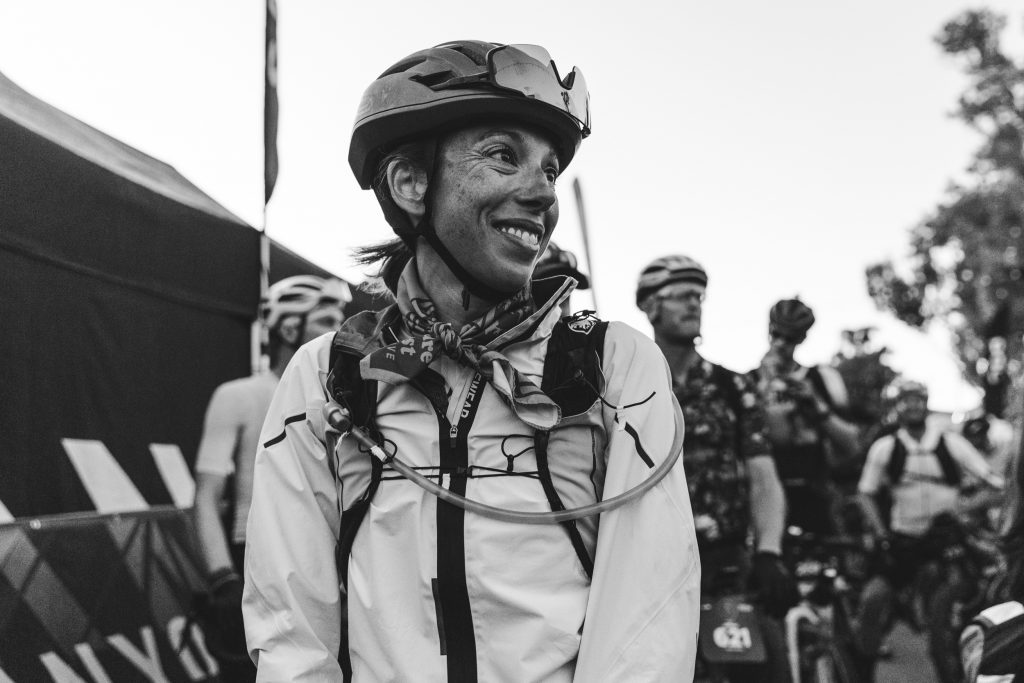Turning Training Into A Lifestyle With Process-Based Training Goals
Endurance athletes often focus solely on setting outcome-based goals. These might be a new personal best, a podium finish, or hitting a specific power target. While these goals can motivate you, they can also become sources of stress, self-doubt, and burnout.
This is where Hugo-the AI powerhouse behind Humango-can help shift your mindset from chasing outcomes to process-based training goals, fostering a sustainable, enjoyable approach to training.
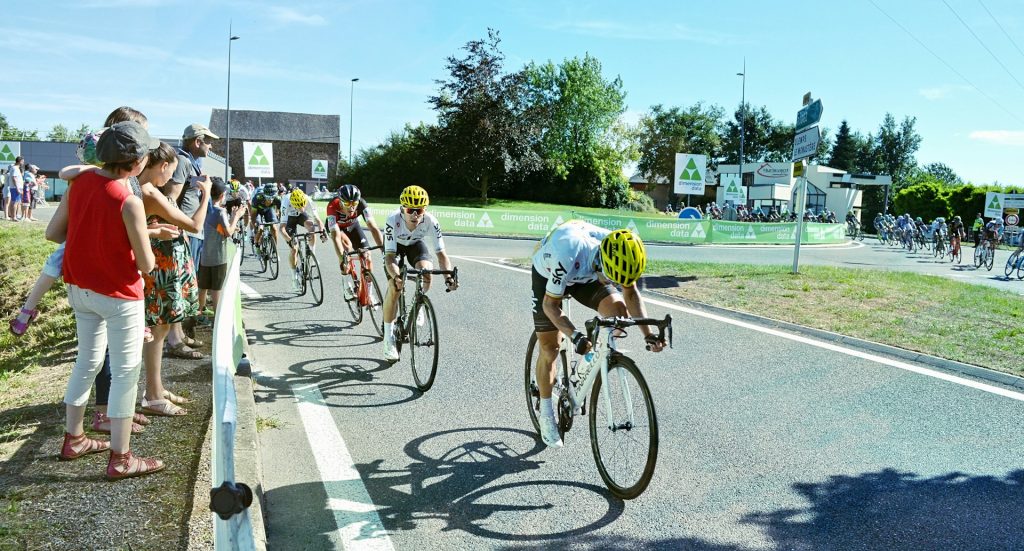
Why Outcome-Based Goals Can Hold You Back
Outcome-based goals are results-driven objectives like:
- Completing a race in under a certain time
- Achieving a certain threshold or other power/pace number
- Placing in the top 10 of a race
While these goals can be useful, they come with drawbacks:
- They create pressure: The constant focus on results can tie your sense of self-worth to the outcome. If things start to unravel (even if it’s not your fault), it can be hugely demoralizing.
- They’re often influenced by external factors: Weather, competition, illness, or life events can all impact performance, making goal achievement uncertain.
- They can lead to burnout: If you constantly chase bigger and bigger goals, you may lose sight of why you started training in the first place.

The Power of Process-Based Training Goals
Shifting focus to process-based training goals means valuing your effort rather than just the outcome. This approach breeds long-term success and, more importantly, makes training enjoyable (and less stressful). Some process-focused goals include:
- Sticking to your planned training schedule
- Improving sleep and recovery habits
- Fueling better for training sessions
- Learning to enjoy each workout, regardless of the numbers
By embracing the process, you take control of your day-to-day actions rather than being controlled by unpredictable race-day variables.
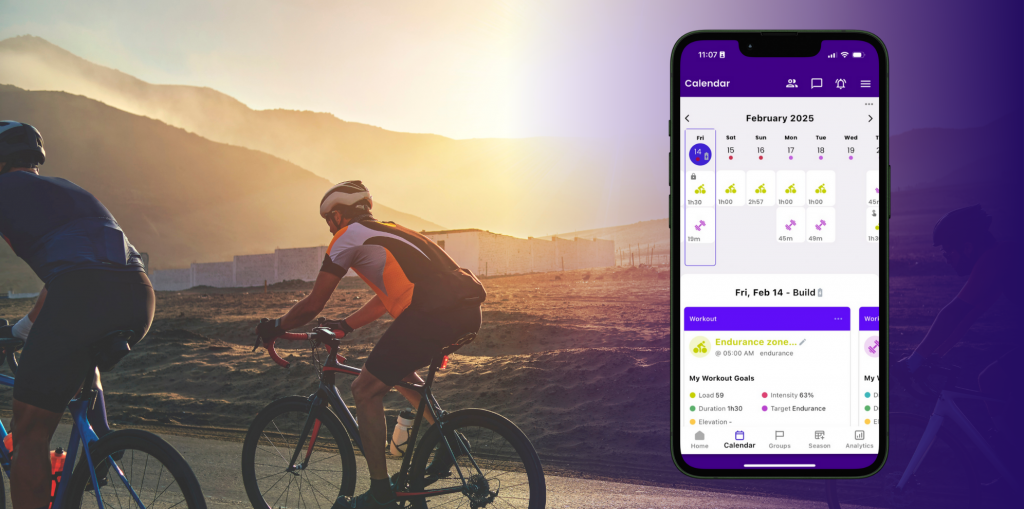
How Hugo Supports Your Long-Term Success
Humango’s AI-powered training system optimizes your process-based training based on your performance, recovery, and adaptability. More importantly, it keeps you engaged and consistent without becoming obsessed with metrics alone.
1. Personalized Adaptive Training
Hugo dynamically adjusts your training based on how you’re responding to workloads. Instead of fixating on a rigid plan built for an arbitrary goal, you can focus on the journey and allow your progress to unfold naturally.
2. Data-Driven, But Not Data-Obsessed
Hugo provides insights into your training without overwhelming you with numbers. Instead of chasing a specific threshold, wattage, or pace goal, it encourages you to train within sustainable zones that align with your long-term development.
3. Encourages Recovery and Balance
One of the biggest risks of being too outcome-focused is overtraining. Hugo’s advanced fatigue detection model helps ensure you balance effort with recovery, keeping training sustainable and enjoyable.
4. Gamification and Positive Reinforcement
By visualizing progress and providing feedback, Hugo makes training feel like a game—rewarding consistency and smart training decisions rather than just big race results.
5. Focus on Enjoyment
With groups and social features that build togetherness and camaraderie with your peers, you can focus on what it means to be an individual athlete and celebrate the successes in day-to-day training.
What is process-based training in endurance sports?
Process-based training focuses on daily consistency, effort, and long-term progress rather than only race-day outcomes.
How does Hugo adjust my training plan?
Hugo analyzes your performance, recovery, and life circumstances to create an adaptive training schedule that keeps you progressing.
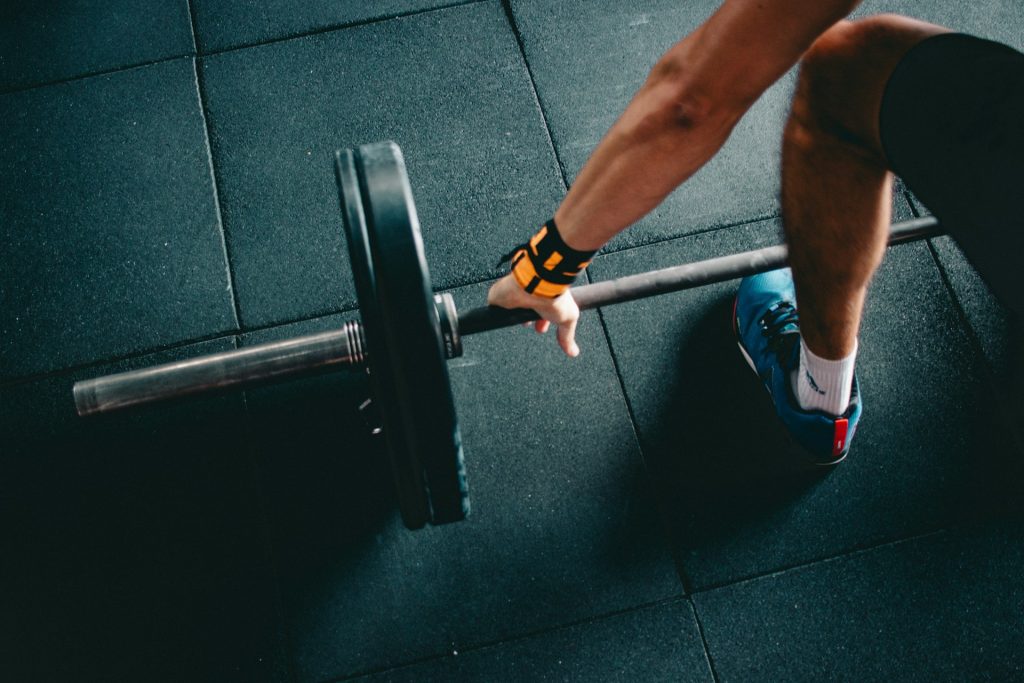
Embracing the Joy of Training
When you shift from an outcome-based mindset to focusing on consistent effort, you rediscover the joy of training:
- Every workout becomes an opportunity for growth.
- You celebrate small wins, like completing a tough workout or sticking to your routine.
- You feel satisfaction in the process, not just the result.
Hugo provides the tools to make this transition easier, helping you stay engaged, motivated, and in love with the sport.
Final Thoughts
Chasing big goals isn’t inherently bad, but if it’s causing stress or making you feel disconnected from the joy of training, it might be time to shift your focus. With Humango, you can embrace the journey, train smarter, and enjoy the sport for what it truly is—a lifelong adventure in self-improvement and discovery.
Try Hugo today and start training smarter!

